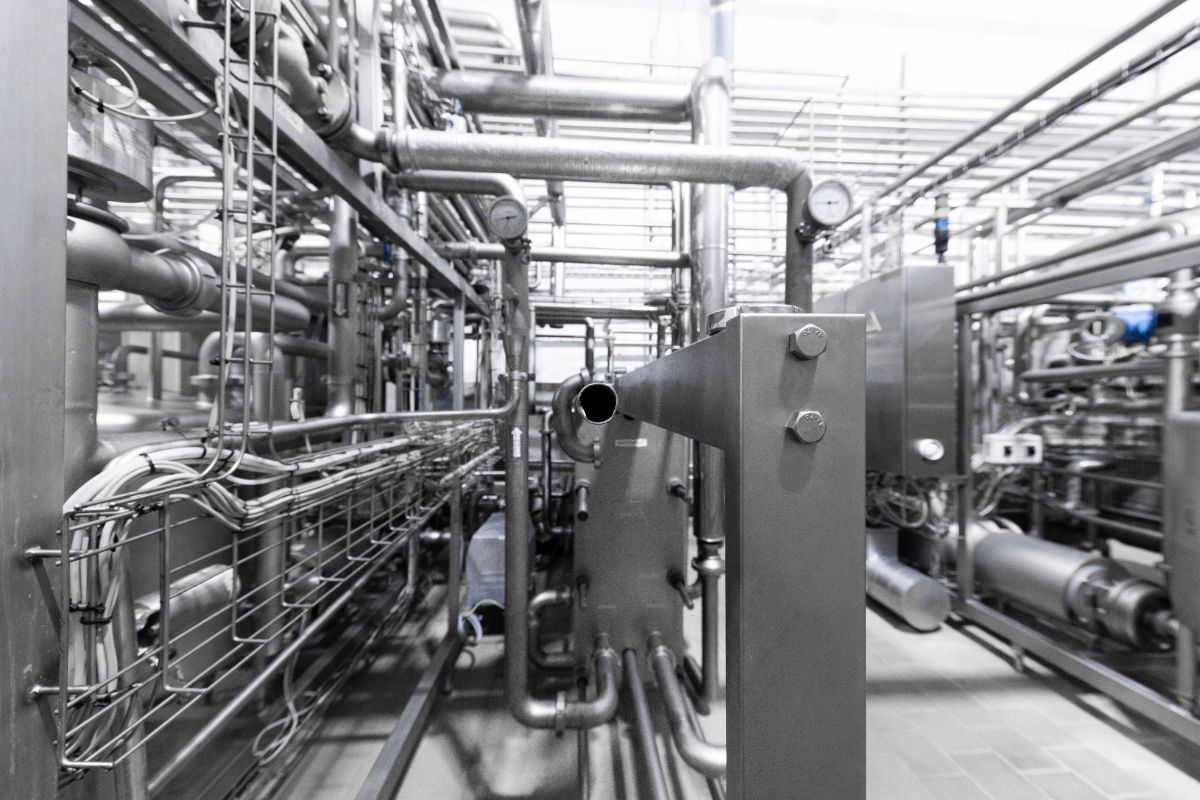

Articles
When Was The Plumbing System Invented
Modified: January 6, 2024
Discover the history of plumbing systems and learn when they were first invented. Read our informative articles to explore the origins of this essential infrastructure.
(Many of the links in this article redirect to a specific reviewed product. Your purchase of these products through affiliate links helps to generate commission for Storables.com, at no extra cost. Learn more)
Introduction
The plumbing system is an essential part of modern life, allowing us to access clean water and dispose of waste efficiently. But have you ever wondered when this ingenious system was first invented? Plumbing can be traced back thousands of years, with early civilizations developing their own unique methods of water supply and wastewater management.
In this article, we will take a journey through time and explore the fascinating history of plumbing. From the early systems of plumbing to the innovative Roman techniques, medieval developments, and the modern plumbing systems we use today, we will uncover the milestones and innovations that have shaped the plumbing industry.
So, let’s dive into the ancient world and discover the origins of plumbing!
Key Takeaways:
- Plumbing has a rich history dating back to ancient civilizations like the Egyptians and Romans, showcasing human ingenuity in developing innovative water supply and sanitation systems.
- From the Industrial Revolution to modern times, plumbing has evolved with advancements in water distribution, materials, conservation, and smart technology, shaping a sustainable future for water management.
Read more: When Was HVAC Invented
Early Systems of Plumbing
Before the advent of modern plumbing, early civilizations came up with creative ways to provide water for their communities and manage wastewater. One of the earliest known systems of plumbing was developed by the ancient Egyptians around 2500 BCE. They constructed channels and pipes made of clay to transport water from the Nile River to their homes and fields. This early form of plumbing allowed the Egyptians to irrigate their crops and provide water for daily use.
Similarly, the Indus Valley Civilization, dating back to around 2500 BCE, had sophisticated plumbing systems. They built an extensive network of underground drains and sewers made of brick and terracotta pipes. These ancient cities, such as Mohenjo-daro and Harappa, had public baths and flush toilets that were connected to the drainage system.
In ancient Mesopotamia, the Babylonians and Assyrians constructed intricate networks of clay pipes and channels to supply water to their cities. They also developed rudimentary flush toilets and used plumbing techniques to manage wastewater.
The ancient Greeks also made significant contributions to early plumbing systems. Around 600 BCE, they began using aqueducts made of clay and stone to transport water from springs to their cities. These aqueducts provided a reliable water supply for various purposes, including drinking, bathing, and irrigation.
As civilizations advanced, so did their plumbing techniques. The ancient Persians, for example, built advanced underground channels and aqueducts to bring water to their thriving cities such as Persepolis.
While these early plumbing systems lacked the sophistication of modern techniques, they laid the groundwork for the advancements to come. They demonstrated the importance and efficiency of safely transporting water and managing waste, setting the stage for the development of more intricate plumbing systems in the future.
Ancient Plumbing Innovations
The ancient civilizations of Rome and China made significant contributions to plumbing with their innovative techniques and advancements.
Roman Plumbing Systems:
The ancient Romans were known for their advanced plumbing systems, which were remarkably sophisticated for their time. They constructed extensive networks of aqueducts, tunnels, and pipes to bring clean water to their cities. The aqueducts, built using arches and sturdy stone construction, allowed water to flow from distant sources into the cities.
The Romans also developed a complex system of lead and clay pipes to distribute water throughout their buildings. They had public baths, private homes, and even wealthy villas with intricate plumbing systems. These systems included features such as hot and cold water supply, indoor plumbing for toilets, and even wastewater drainage.
The engineering techniques and mastery of water management displayed by the Romans were unrivaled during their time. Their plumbing innovations revolutionized sanitation and improved the quality of life for their citizens.
Chinese Plumbing Systems:
Ancient China also made significant advancements in plumbing. As early as 1700 BCE, the Chinese developed intricate systems of bamboo and wooden pipes to transport water. These pipes were joined using various methods, including bamboo straps and tar to create watertight seals.
The Chinese also pioneered the use of porcelain pipes during the Ming Dynasty (1368-1644 CE). These porcelain pipes, known as “gongguan,” were used in the plumbing systems of palaces and important buildings. They were highly durable and resistant to corrosion.
Additionally, the Chinese were early adopters of flush toilets. In the 1st century CE, the Han Dynasty established communal toilets connected to underground sewage systems, showcasing their understanding of wastewater management.
Both the Roman and Chinese plumbing systems demonstrated remarkable ingenuity and foresight. Their innovations set the stage for future advancements in plumbing technology, shaping the way we approach water supply and sanitation today.
Roman Plumbing Systems
The ancient Romans were pioneers in developing advanced plumbing systems that revolutionized water supply and sanitation in their cities. Their ingenuity and engineering prowess enabled them to construct sophisticated networks of aqueducts, tunnels, and pipes.
Aqueducts:
One of the most remarkable aspects of Roman plumbing was the extensive use of aqueducts. These impressive structures were designed to transport water from distant sources to urban centers. Aqueducts were built using a combination of gravity and precise engineering, allowing water to flow downhill through gentle slopes.
The aqueducts typically consisted of arches made of stone or concrete. The precise calculations and construction techniques employed by the Romans ensured that the water remained at a constant and reliable flow, directing it to various parts of the city.
Pipes and Plumbing:
In addition to aqueducts, the Romans utilized an intricate system of pipes to distribute water to individual buildings. The pipes were generally made of lead or clay and were carefully laid out to reach different parts of the city. They were often mounted on walls or buried underground.
Private residences, public baths, fountains, and even aristocratic villas had access to the Roman plumbing system. The pipes supplied both hot and cold water and were equipped with faucets and stopcocks to control the flow. This innovation allowed for greater comfort and convenience in daily life.
Roman plumbing systems also included the use of sophisticated toilets. Each home would typically have a private latrine, which was connected to the drainage system. Wastewater from the latrines and other sources of sewage would flow through a network of underground channels. These channels eventually led to public sewers or were emptied into nearby rivers.
Hydraulic Structures:
As part of their plumbing systems, the Romans also built hydraulic structures to regulate the flow and distribution of water. They constructed cisterns to store water, as well as distribution tanks to maintain steady pressure in the system. These tanks ensured that water reached even the highest floors of multi-story buildings.
The Roman plumbing system was a testament to their engineering capabilities and commitment to public health and sanitation. Their innovations laid the foundation for future advancements in plumbing and continue to influence modern practices in water supply and sewage management.
The earliest known plumbing system dates back to the Indus Valley Civilization around 2700 BC, with evidence of indoor plumbing and sewage systems.
Medieval Plumbing Developments
Following the decline of the Roman Empire, plumbing technology underwent a significant shift during the medieval period. While the plumbing systems of ancient civilizations were no longer maintained, new developments emerged in response to changing societal needs.
The medieval period saw the rise of castles, monasteries, and bustling towns, which necessitated the creation of new plumbing solutions.
Cisterns and Wells:
One of the primary sources of water during the medieval era was wells. Wells were dug deep into the ground to access groundwater sources, providing communities with a reliable water supply. However, access to clean water was still a challenge, as wells could become contaminated.
To address this issue, cisterns were developed. Cisterns were large water storage tanks that collected rainwater from roofs or were filled manually. The collected water was then used for various purposes, including drinking, cooking, and sanitation.
Privies and Chamber Pots:
Medieval sanitation practices were relatively primitive compared to the sophisticated plumbing systems of the Romans. Instead of having elaborate sewage systems, medieval residences often used simple privies, which were essentially outdoor toilets.
Chamber pots, made of ceramic or metal, were commonly used as portable toilets. These pots were emptied into designated waste areas or disposed of in communal dumping sites.
Public Infrastructure:
In more populated medieval towns, public latrines began to emerge. These latrines were typically located near markets or other central areas and were often constructed over rivers or channels to allow for the disposal of waste.
Open sewage channels, known as gutters or ruisseaux, were implemented in some urban areas to carry wastewater away from dwellings and streets. However, these systems were limited in scope and not as comprehensive as the plumbing systems of ancient civilizations.
Despite the relatively modest advancements in plumbing technology during the medieval period, these developments were significant for the health and sanitation of growing communities.
It is important to note that these medieval plumbing systems were far from perfect, and sanitation-related diseases were still prevalent. However, they paved the way for future innovations in plumbing as societies continued to evolve.
Read more: When Was The Bathtub Invented
Plumbing Advances in the Industrial Revolution
The Industrial Revolution, which occurred from the 18th to 19th centuries, marked a significant turning point in plumbing technology. As urbanization and industrialization rapidly expanded, new challenges arose in providing reliable water supply and managing wastewater. Plumbing systems underwent crucial advancements during this period to meet the growing demands of a changing society.
Water Distribution and Pumping:
One of the key developments during the Industrial Revolution was the introduction of water distribution networks. Rather than relying on individual wells or cisterns, cities began to invest in centralized water supply systems.
Water companies were established, drawing water from rivers, reservoirs, or underground sources. Steam engines and later electric pumps were used to facilitate the distribution of water throughout the city. This allowed for a more efficient and reliable supply of water to homes, factories, and public buildings.
Cast Iron and Galvanized Pipes:
The Industrial Revolution also saw a shift in the materials used for plumbing pipes. Cast iron, which offered greater strength and durability, became the preferred choice for water distribution systems. Cast iron pipes were capable of withstanding higher pressure and were resistant to corrosion, ensuring a longer lifespan for the plumbing infrastructure.
During this time, the process of galvanizing pipe surfaces with zinc was introduced. This technique provided additional protection against corrosion and extended the longevity of plumbing systems.
Sanitation Improvements:
The rapid urbanization and overcrowding during the Industrial Revolution presented significant challenges in managing wastewater. Toilets were still basic, often located outside homes and shared by multiple households. Waste collection and disposal systems were insufficient, leading to unsanitary conditions and increased health risks.
However, advancements in sewer systems began to emerge during this period. Brick or stone sewers were constructed to collect and transport wastewater away from densely populated areas. These sewer systems helped alleviate some of the pollution and health hazards caused by inadequate sanitation practices.
Visible Plumbing Fixtures:
The Industrial Revolution also brought about changes in interior plumbing fixtures. Bathrooms became more common in homes and were equipped with bathtubs and sinks. Indoor plumbing and fixtures gradually became more accessible to the middle class as technology improved and costs decreased.
Overall, the plumbing advancements during the Industrial Revolution played a crucial role in providing cleaner water supplies, improving sanitation, and enhancing public health. These developments laid the foundation for the modern plumbing systems that we have today.
Modern Plumbing Systems
Modern plumbing systems have come a long way since the Industrial Revolution, incorporating advanced technology and innovative techniques to ensure efficient water supply, sanitation, and conservation. Today, plumbing systems are essential for our daily lives, providing us with clean water for drinking, cooking, and hygiene, as well as facilitating the safe management of wastewater.
Water Supply:
Modern plumbing systems rely on a combination of municipal water sources and private wells. Water is treated at water treatment plants to remove impurities and ensure its quality before being distributed to homes, businesses, and other buildings through a network of pipes.
Pipes:
Plumbing pipes have evolved from cast iron and galvanized pipes to various materials, including copper, PVC (polyvinyl chloride), and PEX (cross-linked polyethylene). These materials offer different advantages, such as durability, corrosion resistance, flexibility, and ease of installation.
Indoor Plumbing Fixtures:
Today, indoor plumbing fixtures are commonplace in residential and commercial buildings. Bathrooms are equipped with toilets, sinks, bathtubs, and showers, providing convenience and comfort. Kitchen sinks and appliances are also connected to the plumbing system, ensuring access to hot and cold water for cooking and cleaning.
Water Conservation:
In recent years, there has been a growing emphasis on water conservation in plumbing systems. Water-saving fixtures, such as low-flow toilets, faucets, and showerheads, have become more prevalent. These fixtures significantly reduce water consumption while maintaining performance and functionality.
Smart Plumbing Technology:
Advancements in technology have also impacted plumbing systems. Smart plumbing solutions, such as leak detection sensors, automated shut-off valves, and digital water meters, enhance efficiency and enable proactive monitoring of water usage. These technologies help detect leaks, prevent water waste, and provide valuable data for water management.
Wastewater Management:
Modern plumbing systems include efficient wastewater management. Homes and buildings are equipped with drainage systems connected to sewer lines or septic tanks. Wastewater is treated at wastewater treatment plants before being safely discharged or recycled for various purposes, such as irrigation.
Green Plumbing:
There has been a growing emphasis on environmentally friendly plumbing practices known as “green plumbing.” This approach focuses on water conservation, energy efficiency, and the use of sustainable materials. Green plumbing techniques include rainwater harvesting, greywater recycling systems, and solar-powered water heaters.
Conclusively, modern plumbing systems continue to evolve and adapt to meet the ever-changing needs of society. Through technological advancements, water conservation efforts, and sustainable practices, plumbing plays a vital role in ensuring the well-being and sustainability of our communities.
Conclusion
The history of plumbing is a testament to human ingenuity and the continuous pursuit of advancements in water supply and sanitation. From the early systems developed by ancient civilizations to the sophisticated plumbing technologies of today, plumbing has played a vital role in improving public health, hygiene, and overall quality of life.
Early civilizations like the Egyptians, Greeks, and Romans laid the foundation for plumbing systems with their innovative techniques, such as aqueducts and clay pipes. These ancient civilizations recognized the importance of water supply and the management of wastewater for the well-being of their communities.
The medieval period saw modest developments in plumbing, including the use of cisterns, wells, and basic sewage systems. These advancements were crucial in addressing the sanitation needs of growing towns and cities.
However, it was during the Industrial Revolution that plumbing technology experienced significant breakthroughs. The use of centralized water distribution networks, cast iron and galvanized pipes, and the implementation of sewer systems were critical in meeting the demands of urbanization and improving public health and sanitation.
Today, modern plumbing systems incorporate advanced technology, water conservation practices, and smart plumbing solutions. Water supply is efficiently managed through treatment plants, with a variety of materials used for pipes to ensure durability and performance. Plumbing fixtures in homes and buildings provide convenience and comfort, while water conservation measures promote sustainability and responsible water usage.
Looking ahead, the future of plumbing holds even more potential for innovation and sustainability. The adoption of green plumbing practices, technological advancements in water monitoring and management, and a focus on water conservation will continue to shape the plumbing industry.
In conclusion, plumbing has evolved from simple clay pipes to complex systems that bring clean water to our homes and safely remove wastewater. It is an integral part of modern society, ensuring our health, sanitation, and comfort. As we continue to face new challenges and prioritize sustainability, the evolution of plumbing systems will play a crucial role in shaping a healthier and more sustainable future for all.
Frequently Asked Questions about When Was The Plumbing System Invented
Was this page helpful?
At Storables.com, we guarantee accurate and reliable information. Our content, validated by Expert Board Contributors, is crafted following stringent Editorial Policies. We're committed to providing you with well-researched, expert-backed insights for all your informational needs.



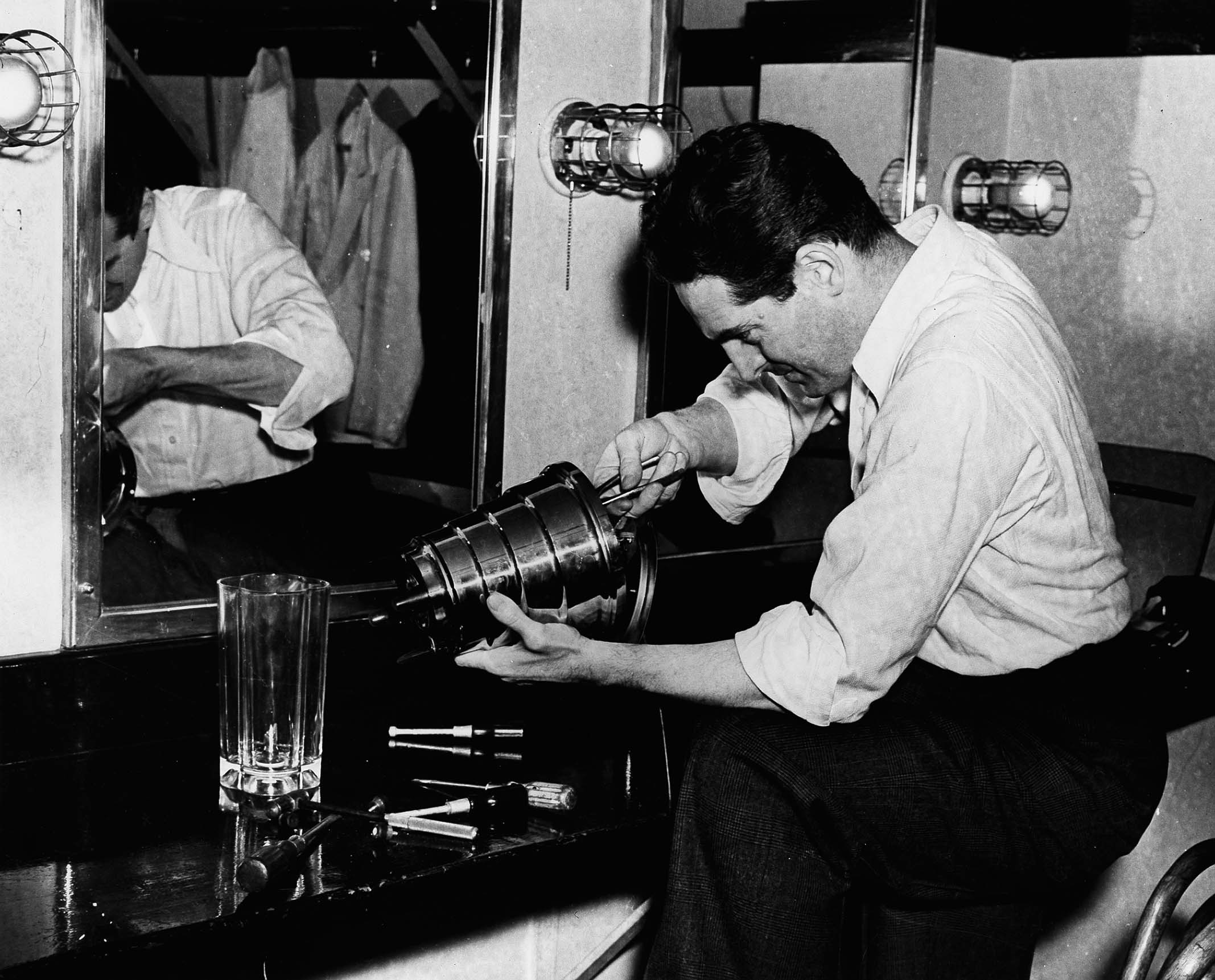

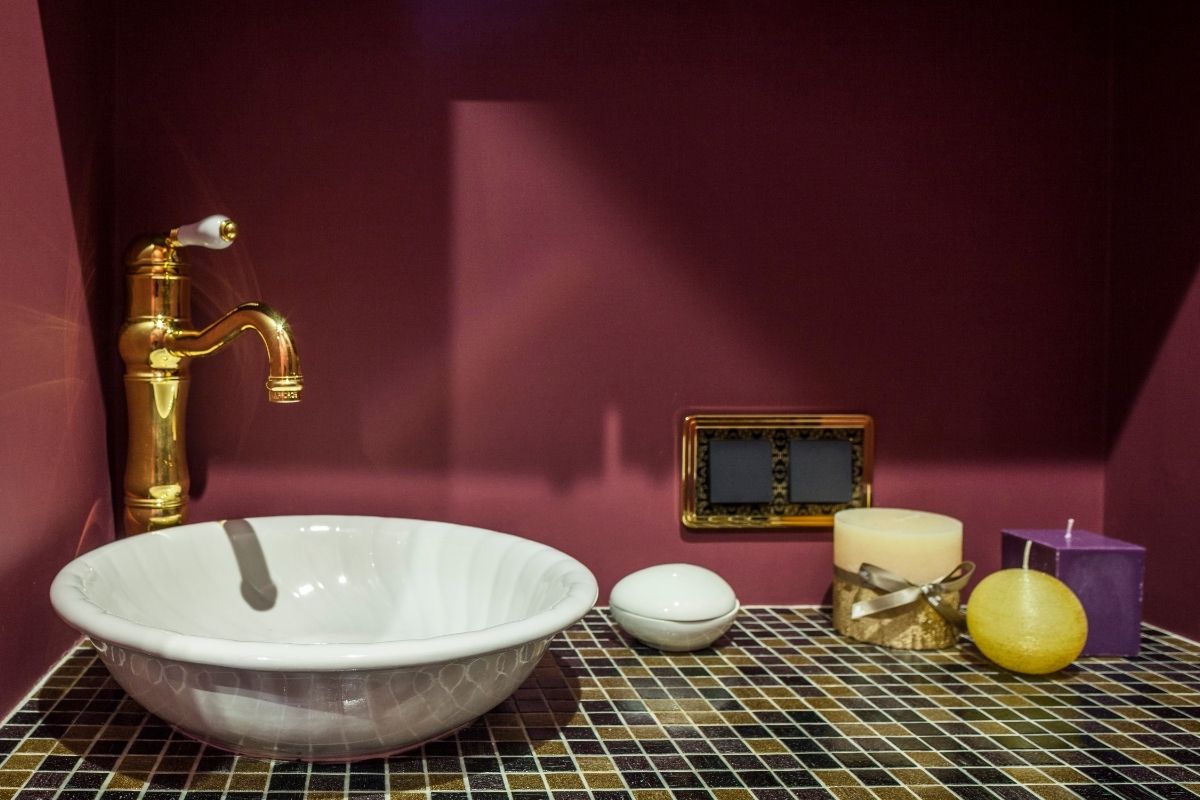

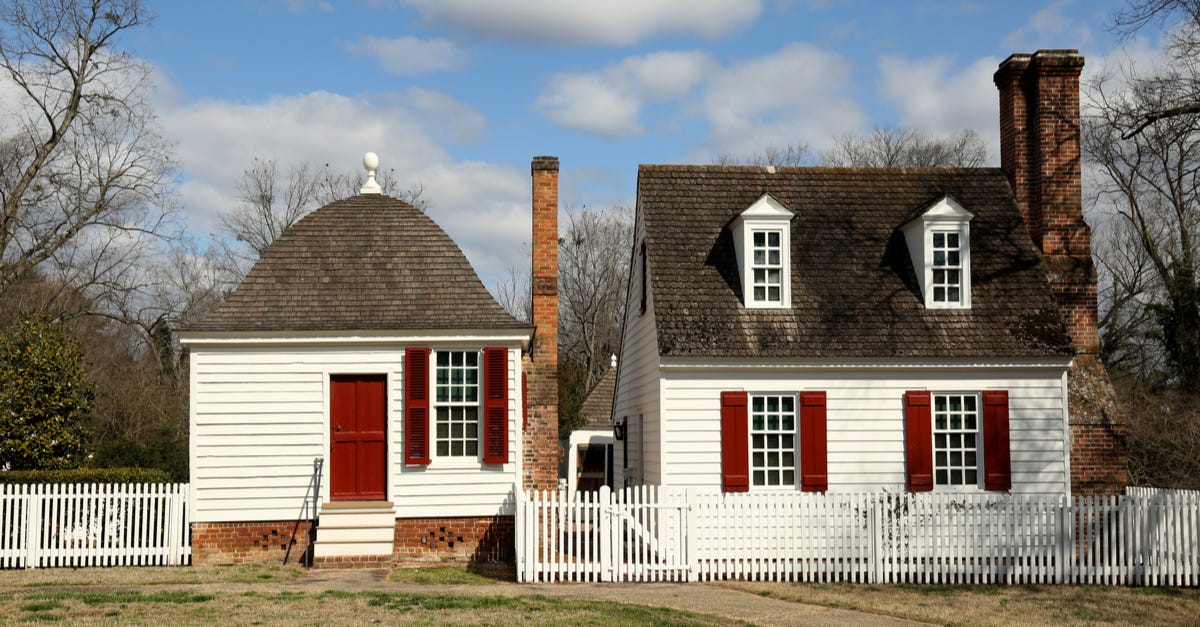

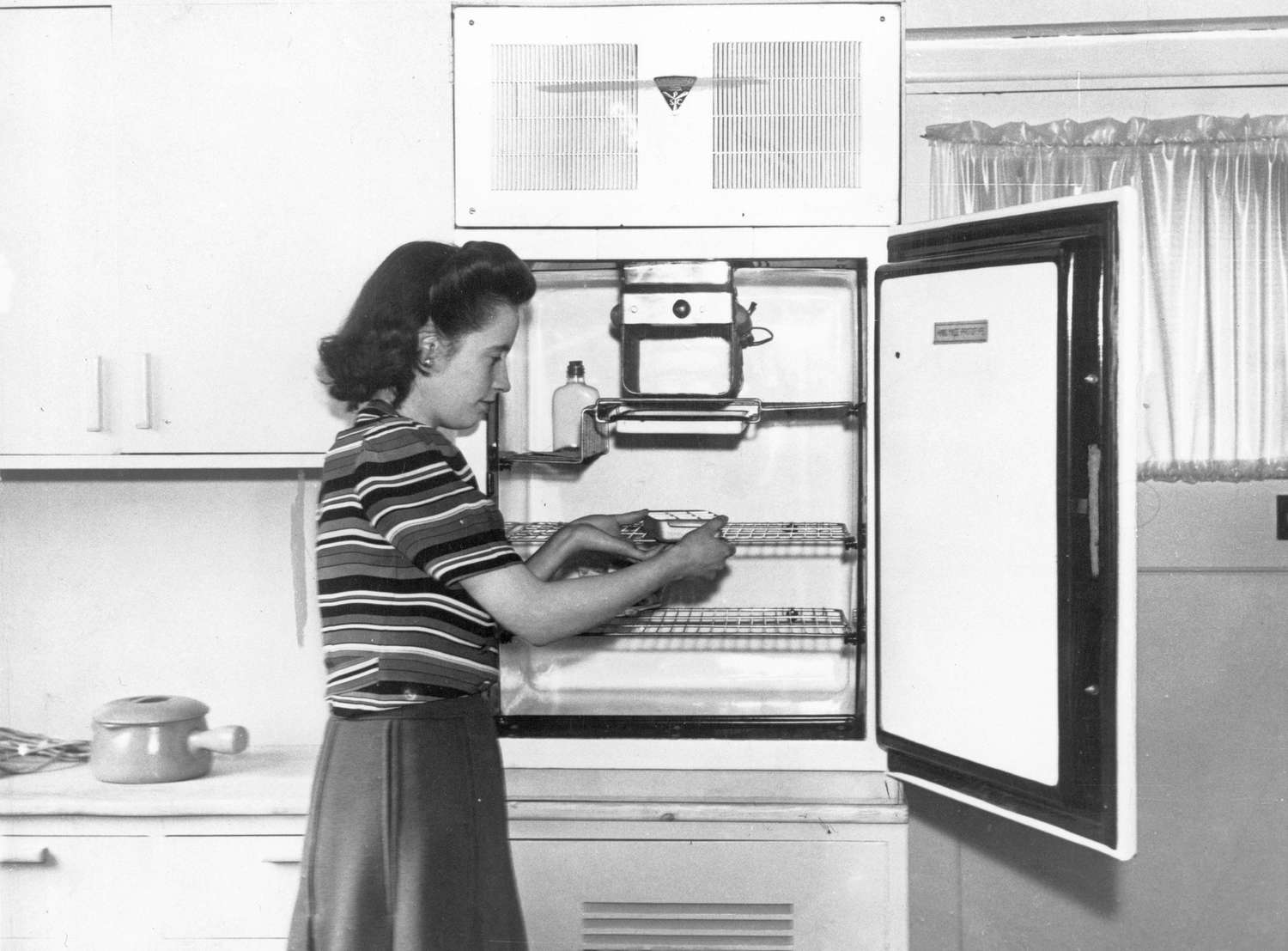
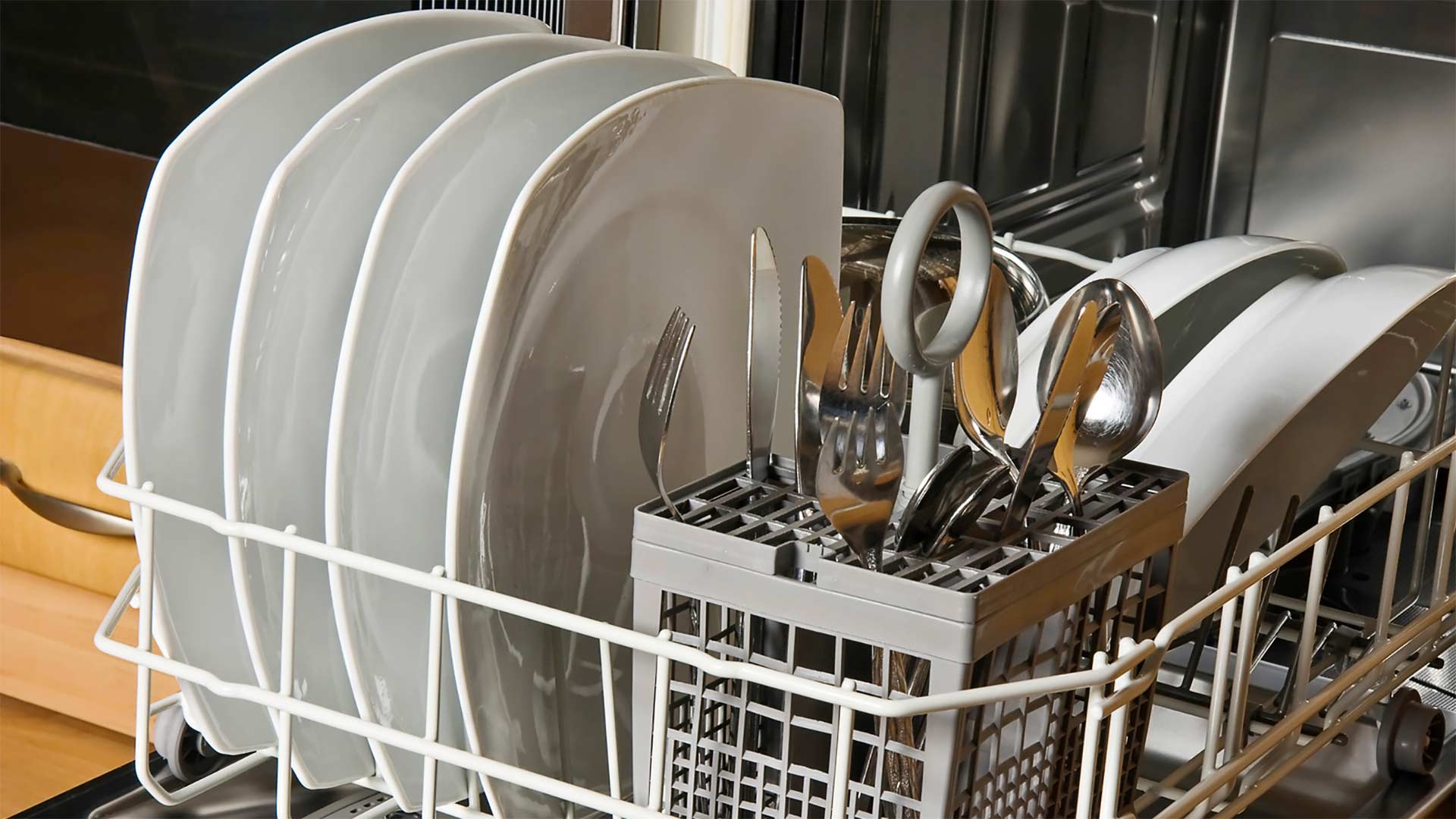
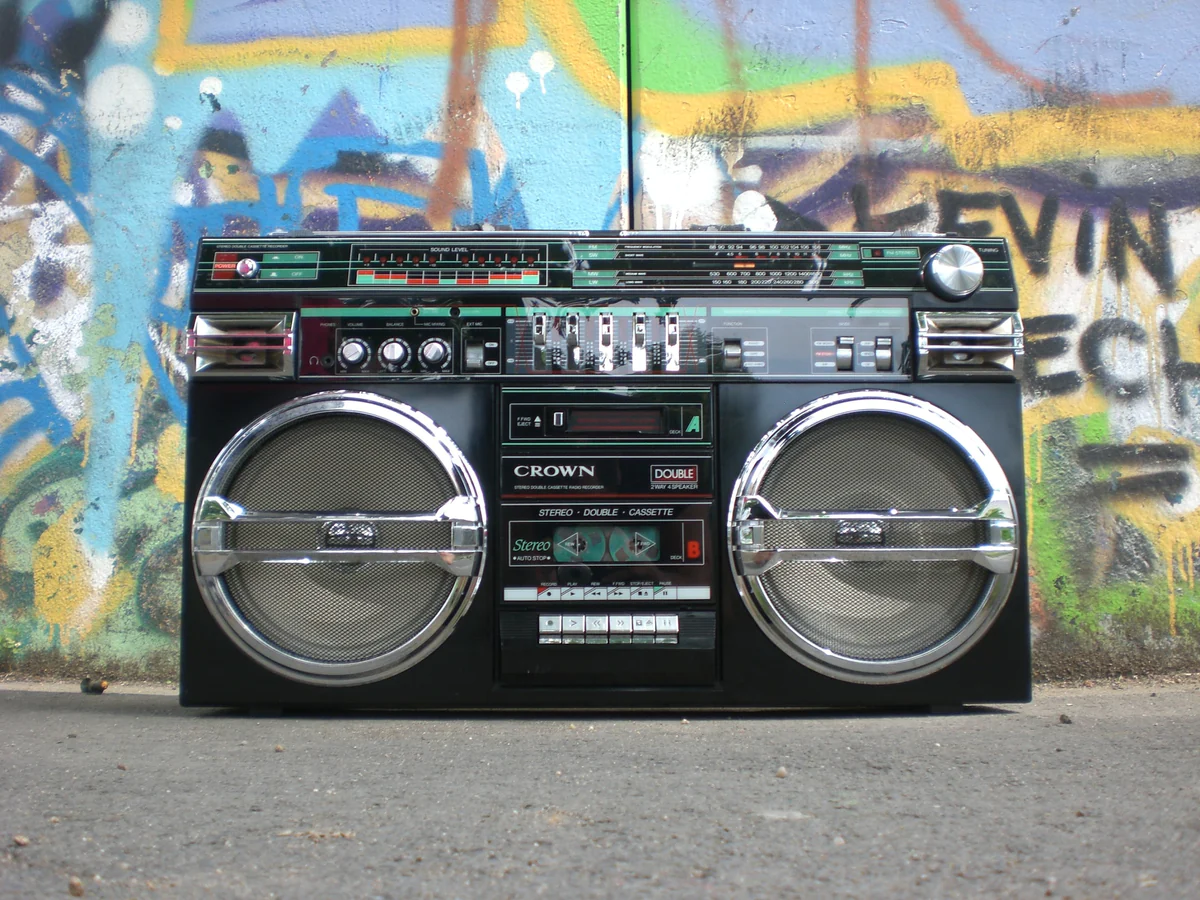

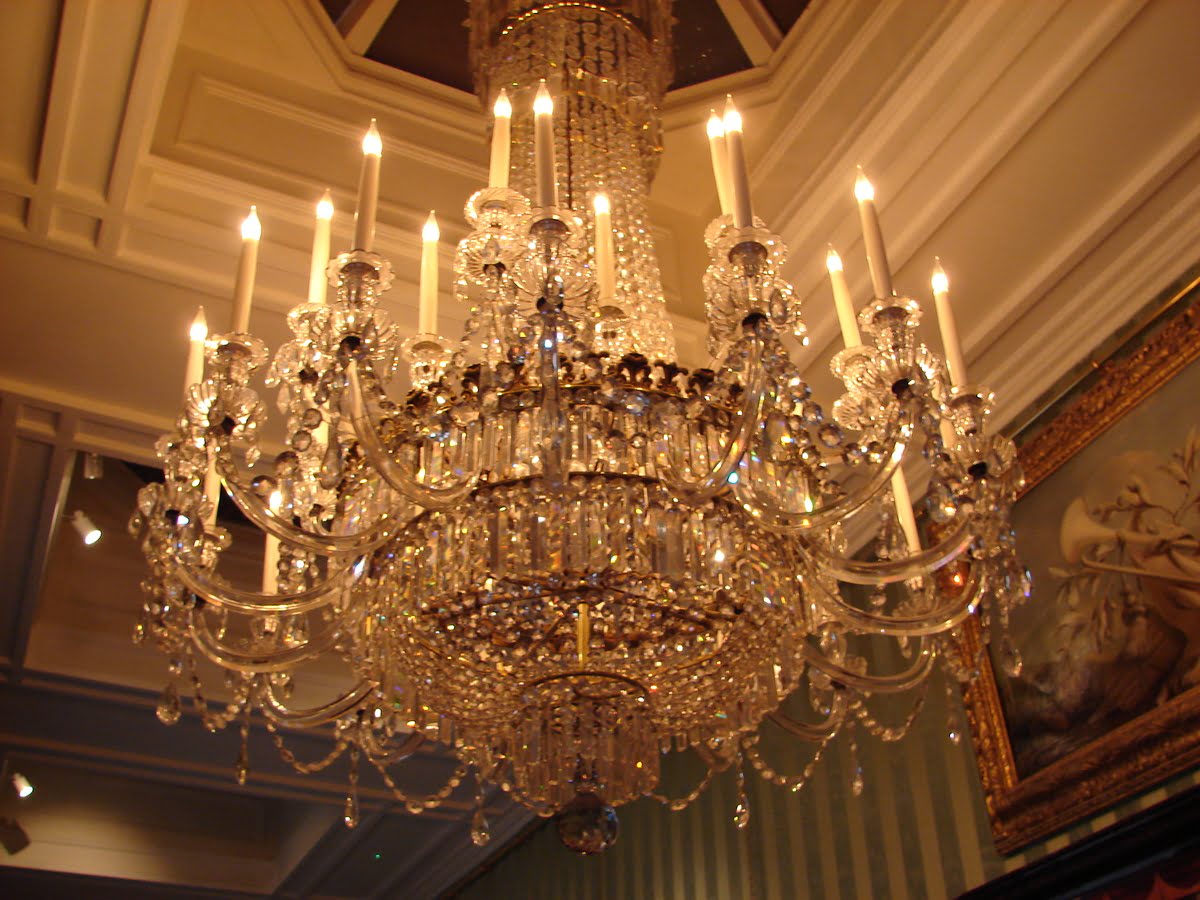

0 thoughts on “When Was The Plumbing System Invented”